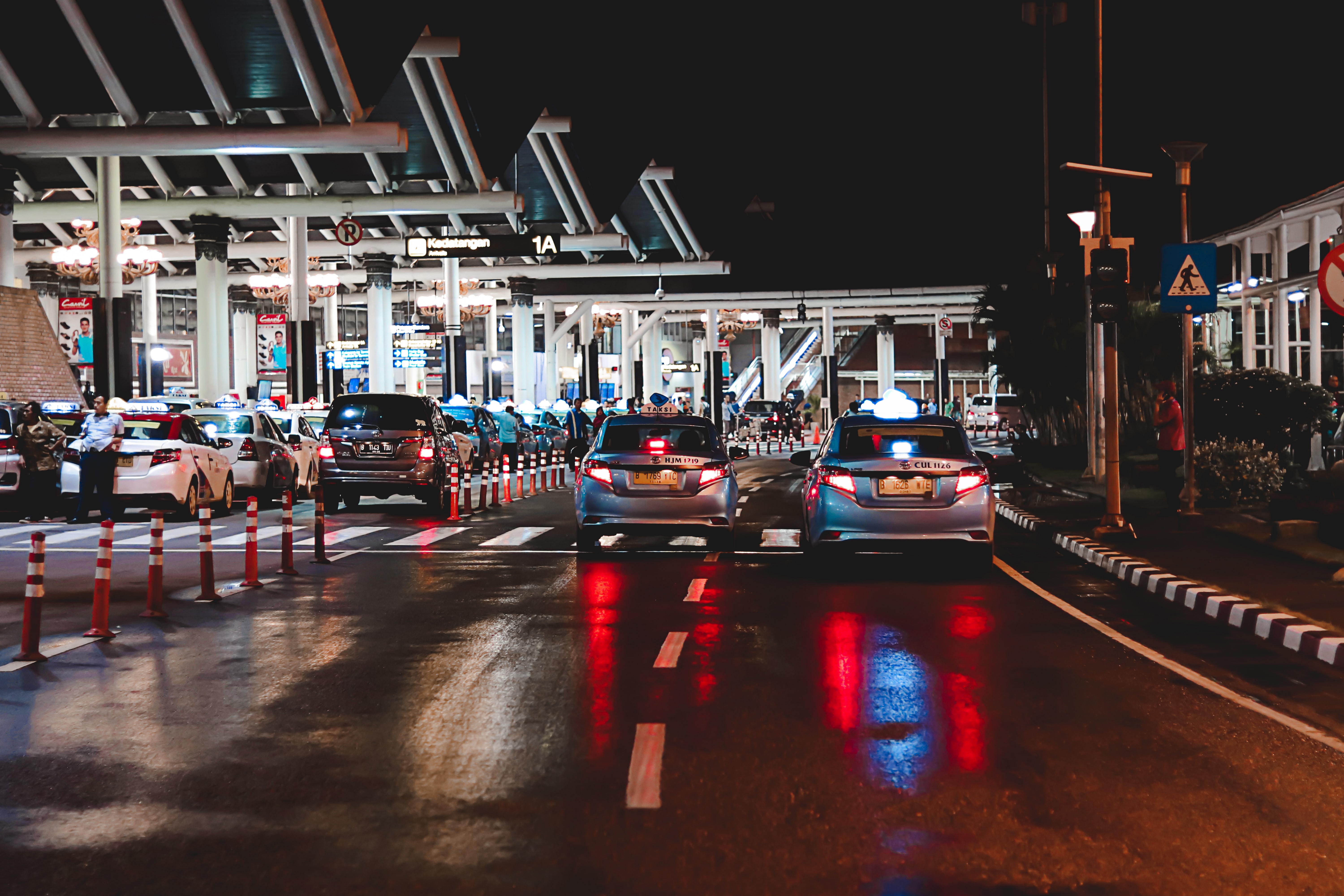Customs administrations: controls, collaboration and Collective Action

In March 2017, the World Customs Organization (WCO) formally adopted Collective Action as an innovative approach to enhance integrity and combat corruption in Customs administrations – a development that we welcomed and supported.
On 21 February 2020, I returned to the WCO’s Integrity Sub-Committee Meeting in Brussels to pick up the discussion with the WCO Members and Secretariat on external collaboration and Collective Action. Here are some of the main ideas.
From internal controls to external relationships
The WCO followed up its 2017 commitment to Collective Action with the publication in June 2019 of a two-part survey conducted among its members. The resulting Compilation of Integrity Practices sets out examples of how Customs administrations have implemented internal integrity controls.
It also describes around 50 examples of how Customs administrations around the world interact with, or establish working relationships with, other domestic government entities that have responsibility to prevent and/or address corruption. These include national anti-corruption agencies and committees, police, prosecution and state security agencies.
Collaboration: often a legal requirement
These inter-governmental agency relationships and collaborative efforts to share information and strategies to counter corruption are usually framed by laws or regulations. In some countries, less formal working practices, joint commitments or MoUs are enough.
Whatever the basis for these arrangements – formal or otherwise - they are crucial in enabling the sharing of information and intelligence to law enforcement bodies that can help in the prosecution of corruption cases.
This form of “external collaboration” is covered by Principle 6 of the Revised Arusha Declaration, a 2003 document which sets out anti-corruption policies and practices for Customs administrations in line with the United Nations Convention Against Corruption.
Inter-governmental or external collaboration can be as straightforward as the sharing of Customs data gathered through the UN ASYCUDA tool and set out in an Excel spreadsheet. It can also be as sophisticated as the creation of taskforces that pool personnel from different agencies to work on specific operations or in high-risk ports of entry.
Sharing of data is a good way to start the process of collaboration between government agencies. In one country, for example, law enforcement authorities used five years of customs entries from ASYCUDA to identify red flags that led to the declaration that speedboats procured for military purposes had been falsely described as intended for recreational use.
Collective Action with the private sector
Legally grounded collaboration that obliges cooperation between government agencies is not Collective Action. But we emphasise that Customs authorities do have a strong basis for Collective Action in Principle 10 of the Revised Arusha Declaration, which focuses on Customs working with the private sector.
Collective Action to tackle corruption with the private sector is not confined by laws and regulations, so offers far more flexibility in terms of finding solutions to challenging corruption-related issues. This makes it easier to move beyond the typical blame game arising from the fact that Customs officials can be both victims and perpetrators of bribery – because at the end of the day it takes two to bribe and it needs multi-stakeholder action to stop it.
What other issues are ripe for Collective Action? A few ideas:
- Collaborating on stopping facilitation payments.
- Licensing or white-listing customs brokers who are recognised for their clean business practices.
- Preventing wildlife trafficking slipping through customs undetected.
- Improving e-customs systems.
These are just some of the diverse examples of public-private anti-corruption Collective Action in which Customs administrations could play a big role.
Leverage and incentives to engage
These days, exporters and importers throughout the world are more exposed than ever to the enforcement of anti-corruption laws. This is true no matter where the crime is perpetrated and whether it’s committed directly by employees or indirectly by a third party such as a customs broker.
This gives the private sector a strong incentive to engage with other stakeholders, including Customs administrations, to address the risks of bribery at ports of entry and thereby reduce the legal risks.
This also means that Customs administrations have significant leverage when it comes to tackling the issue of bribery, regardless of whether bribes are being offered or demanded. Businesses are motivated to find solutions and would be unlikely to turn down a request from Customs to cooperate in a Collective Action initiative.
How easy it is for a Customs administration to convene a Collective Action initiative by approaching a private sector company directly? It could feel awkward, but at least there’s safety and strength in numbers and transparency of process. An easier way forward could be via national anti-corruption agencies.
Are national anti-corruption agencies a gateway?
Representatives of Customs administrations that acknowledge the role of Collective Action can, of course, advocate it to colleagues in other government agencies.
Another good entry point is national anti-corruption agencies that focus on providing preventive advice to the private sector. Those with a preventive mandate and that commit to Collective Action, as the WCO has done, are more likely to be open to collaboration generally and engaging in specific initiatives that can benefit all stakeholders in the long run.
A group of such prevention-focused anti-corruption agencies are members of the Network of Corruption Prevention Authorities. This was founded by a group of European corruption prevention agencies and is now rapidly expanding its membership to include entities based in South America and Africa. This might be a good time for the WCO to discuss how it could progress its Collective Action efforts with help from such a Network.
Photo: Naufal Giffari.




